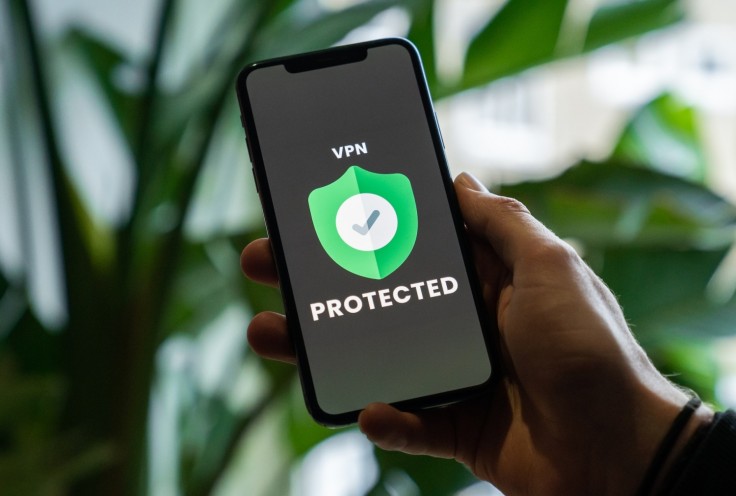
The mobile application marketplace has reached an all-time high. This is evident from the different mobile apps available for shopping, managing contacts, storing personal information, handling relevant projects, and planning future events. The Google Play Store, Apple App Store, and Windows Store are at the forefront of online mobile app distribution.
In response to this rapid growth in the mobile app industry, global businesses and organizations are adopting this technology to bolster their client communications and enhance employee productivity. Companies that have never utilized apps are now venturing into this field. Here are app security tips to keep your application secure.
Avoid Public Wi-Fi
As attractive as it may be to take advantage of the complimentary Wi-Fi at your local café, airport, or hotel lobby, resist the urge. You increase your vulnerability to harmful software and potential hackers whenever you link your device to another entity's network. Countless online tutorials and readily available tools enable even a beginner hacker to tap into Wi-Fi traffic. They gain access to crucial information like
• Credit card details
• Banking information
• Passwords
• Private data
The only exception to this rule is if you cannot avoid using a public Wi-Fi connection, use a VPN to encrypt your online activity. This renders it indecipherable to cybercriminals. However, remember that even this strategy might not provide the level of cybersecurity protection necessary for complete security when using public internet access. Despite the significant security risks associated with public Wi-Fi and Bluetooth, an astonishing 89% choose to overlook it.
Construct Applications That Are Conscious of Potential Attacks
Elevate the security of your web application by adopting this best practice, which focuses on instant detection and response to any security incident.
To achieve this, build apps aware of potential attacks and instantly identify unusual activities. Upon detecting suspicious activities, these apps should alert the Security Operations Center (SOC) or initiate automated corrective measures. Developers often better understand normal app behavior and are more equipped to identify malicious activities. Therefore, it should be a standard objective for teams to identify harmful behavior.
The advantage of such apps is their ability to detect any intrusion or malicious activity in real-time, enabling immediate action. Apps can also be programmed to perform automated responses, such as logging the user out and informing the admin.
Just like firewalls, this strategy adds an extra layer of security but should not be the sole protective measure. It must be implemented alongside a securely designed web application to ensure comprehensive protection.
Source Code Encryption
Most of the code in a native mobile app is client-side, which makes it relatively simple for mobile malware to spot bugs and vulnerabilities in the source code and design. Attackers often repurpose well-known apps into malicious ones using reverse-engineering techniques. They then post these rogue apps on third-party app stores, hoping to lure in unsuspecting users.
These threats can lead to a steep decline in your organization's reputation. Developers must standardize SBOM security during the app development process and incorporate tools to identify and tackle security vulnerabilities. They must also ensure their applications are sturdy enough to fend off any tampering and reverse engineering attacks. An optimal way to safeguard your application from these threats is by encrypting the source code, making it indecipherable.
Write a Code with High Security
Security flaws and weaknesses in software are often the initial entry point for hackers seeking to compromise an application. They might attempt to dissect and manipulate your code, requiring only a public app version. Studies indicate that malevolent code impacts more than 11.6 million mobile devices.
From the inception, prioritize your code's security and fortify it to resist breaches. Make your code obscure and compact to prevent reverse engineering. Conduct continuous testing and address bugs as soon as they surface.
Structure your code for easy updates and patches. Ensure your code remains flexible for post-breach updates at the user's end. Utilize techniques like code hardening and code signing for enhanced security.
Use Biometric Authentication
Biometric authentication is a potent verification and identity system that depends on the unique biological traits of an individual, such as
• Fingerprints
• Retinal scans
• Facial recognition
• Voice patterns to confirm their identity
The primary strength of biometrics lies in its security; to collect the required data to bypass the login, a hacker must be physically near the individual, which is often an impractical scenario.
Refrain from Keeping Sensitive Information on the Device
Keeping data on a gadget exposes it to risks such as theft or manipulation. While housing data on a server reduces the likelihood of one individual accessing all your client's confidential information, a failure in your cloud service can halt your operations.
A viable solution is to delegate some of this responsibility to encryption software such as FileVault2 or Microsoft's BitLocker tool. An added benefit of storing client data externally from their devices is the ease of setting up backups; if clients misplace their phones, their main concern would be modifying their passwords.
Conduct a Risk Analysis Threat Model for Your Mobile Application
Recognizing your strengths and weaknesses is vital, as well as identifying which areas of your application require meticulous surveillance to stop potential threats from escalating uncontrollably.
These insights can be gathered by carrying out threat-modeling activities designed to prepare you for potential attacks. These activities help uncover any vulnerabilities in your system, thereby preventing possible future data breaches due to unsecured firewalls, weaknesses in third-party integrations, and external scams (usually in the form of malware through text messaging, email, or social media).
Endnote
Securing an app is a continuous and evolving process. Even if you've implemented all the recommended security protocols, there's no room for complacency. It's crucial to constantly scrutinize your app for potential security issues and enhance your protective strategies accordingly.









